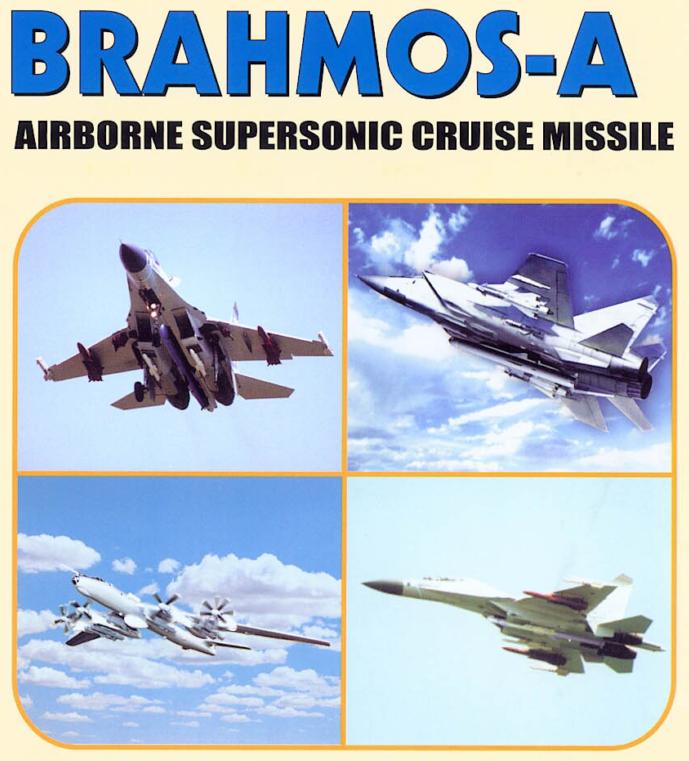Indigenously built nuclear-powered submarine, INS Arihant, is finally set to sail out from its base at Vishakhapatnam. The 6,000-tonne submarine, armed with nuclear missiles, is ready after years of efforts interspersed with sanctions in 1998 and impediments due to non-availability of cutting-edge technology.
“The nuclear reactor that will power the submarine can be formally declared ‘critical’ anytime now, while the nuclear-tipped missiles to be launched from underwater are in place,” sources said.
“Everything is ready,” a functionary said. “The wait is for the monsoon to subside before Arihant (slayer of enemies) dives into sea. A certain amount of calm is needed at sea when the vessel goes out the first time. The monsoon on the East Coast starts weakening by the middle of August, meaning the submarine will slither out in a couple of weeks from now,” he added.
“Around 95 per cent of harbour trials are over,” sources said. Once the submarine is out at sea, it will run on nuclear-powered 80MW pressurised water reactor (PWR). The PWR was developed by the Bhabha Atomic Research Centre (BARC) with assistance from a Russian designing team. It uses enriched uranium as fuel and light water as coolant and moderator.
Once at sea, the vessel will be gradually loaded with weapons and missiles. All parameters will be tested after each addition. “Each test will be conducted underwater for two months or more. This will include the Submarine Launched Ballistic Missile (SLBM)”, sources said.
New Delhi has done 10 underwater launches of SLBMs code named ‘B05’ using a submerged pontoon to mimic a submarine. It can travel 700 km, while the bigger variant, so far know as the ‘K-4’, can hit targets 3,500 km away and will finally be installed on Arihant and also the next two follow-on submarines of the same class.
The submarine will provide second-strike capability in case of a nuclear attack. It is the easiest to launch a nuclear strike from a submarine as it remains submerged, hence the enemy cannot detect it.
In December 2010, the then Navy Chief Admiral Nirmal Verma had announced: “When Arihant goes to sea, it will be on a deterrent patrol (armed with nuclear-tipped missiles).” Being nuclear-powered, the submarine will not have to surface for two months to breath, like the conventional vessels have to.
India will join the US, the UK, France, and China by having such technology and prowess.
Arihant has cost Rs 15,000 crore. It has been jointly developed by the Navy, BARC and the Defence Research and Development Organisation (DRDO) at the Visakhapatnam naval dockyard. Russian designers assisted in building the vessel. Other companies involved in the development of the submarine are Tata Power and Larsen & Toubro (L&T). The project, earlier known as the advanced technology vessel (ATV), has been under development since 1998.



